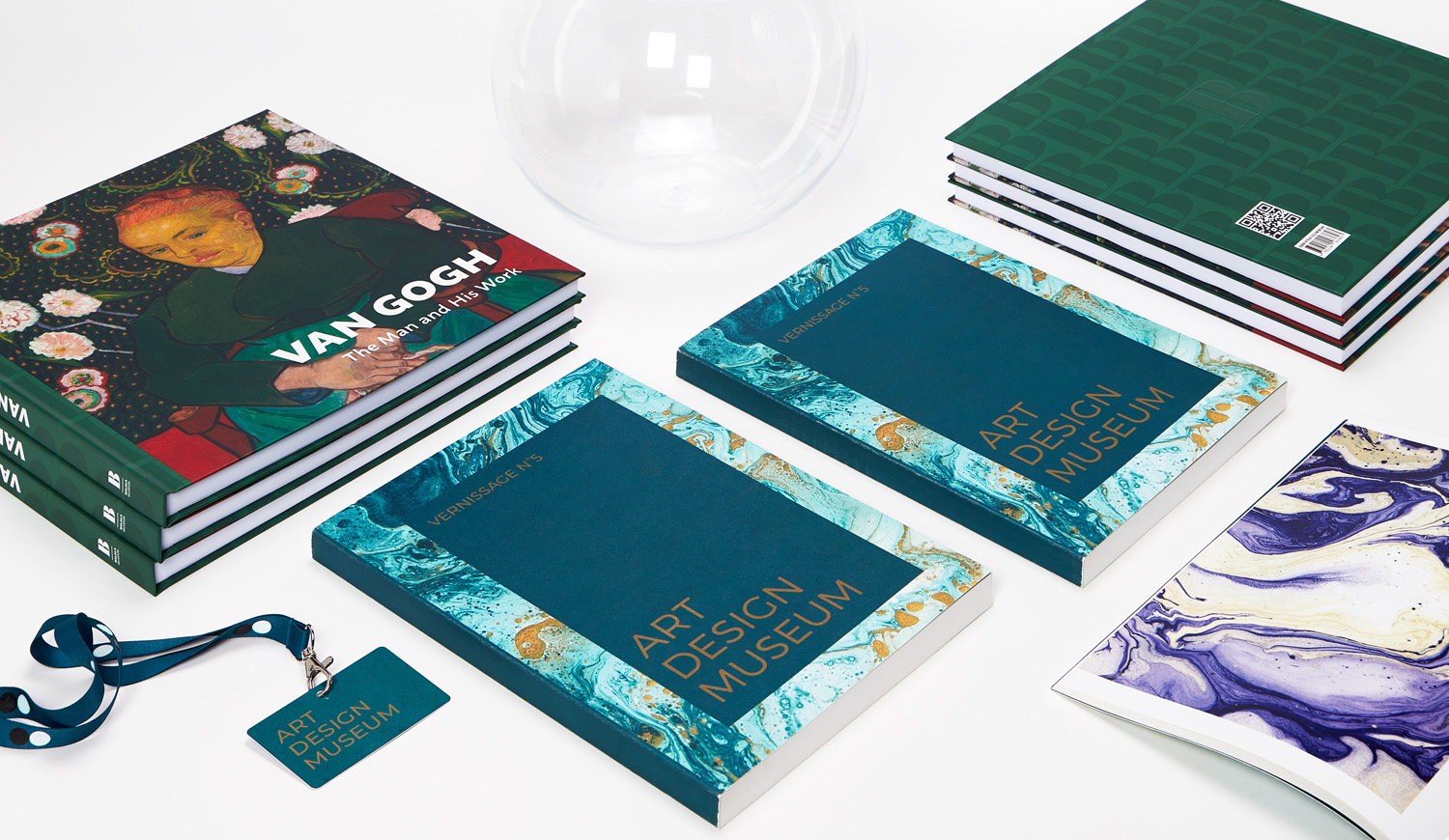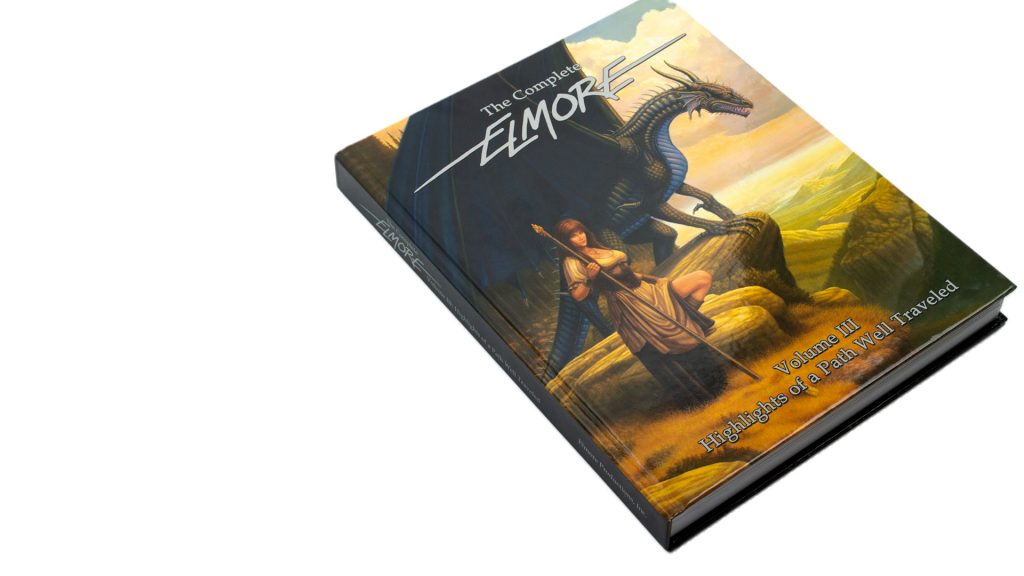Why Paper Texture Matters in Your art book Printing
Wiki Article
Understanding the Process Behind Top Quality Art Book Printing for Art Fanatics
When it pertains to premium art book printing, recognizing the details of the procedure can boost your gratitude for the end product. You could not recognize just how important paper selection and ink options are to the vibrancy of art work. Each aspect plays a significant role in accomplishing the preferred effect. As you check out the different elements of art book printing, you'll uncover insights that could transform your point of view on art preservation and presentation.The Importance of Paper Choice in Art Book Printing
When it concerns art book printing, the choice of paper can make or break the end product. You want your artwork to beam, and the best paper enhances color vibrancy and information. Take into consideration aspects like weight, structure, and surface; these aspects considerably impact just how viewers regard your work.For circumstances, a larger stock shares top quality and longevity, while a distinctive coating can add deepness to photos. Smooth paper is superb for detailed reproductions, allowing great lines and subtle tones to show up crisp.
Don't fail to remember concerning the paper's brightness; a brighter sheet can aid colors pop, making your art more distinctive. You'll likewise want to consider how the paper interacts with inks and whether it can handle the printing procedure without warping or bleed-through. Inevitably, selecting the right paper establishes the phase for your art, ensuring it captures the target market's interest just as you visualized.
Picking the Right Inks for Lively Reproductions
Choosing the best inks is just as essential as choosing top quality paper to accomplish vibrant reproductions in your art book. When you're printing artwork, you want shades that pop and accurately stand for the original item. Go with inks with a high pigment focus; these often tend to create richer and a lot more saturated colors.You might consider making use of historical inks, which withstand fading gradually, guaranteeing your art book remains as striking as the day it was printed. If you're working with photos or electronically developed art, pigment-based inks can provide a wider shade gamut, enhancing information and depth.
Don't forget about the finish! Matte and shiny inks can significantly alter the look of your artwork, so consider the look you're aiming to accomplish - art book. Eventually, the right ink selection enhances your paper option, producing a spectacular aesthetic experience for your readers
The Duty of Shade Administration in Publish Quality
Color management plays a vital duty in attaining high print high quality for your art book. It ensures that the colors you see on your screen convert properly to the published web page. Without effective shade administration, your lively art work might show up boring or distorted, weakening your innovative vision.Next off, make use of shade profiles customized for your printer and paper kind. These profiles direct the printer in duplicating shades properly, decreasing disparities between electronic and published versions.
When you prepare your data, take into consideration using a color room like Adobe RGB or CMYK, depending on your printer's specs. Always proof your work, as well; an examination print can disclose any prospective shade concerns prior to the last run. By focusing on shade management, you secure the honesty of your art, ensuring your audience experiences it as you intended.

Understanding Different Binding Techniques
Accomplishing the perfect look for your art book exceeds shade management; binding methods also play a significant function in its total presentation and toughness. You have numerous options to assess, each with its very own unique qualities.If you're intending for an expert feeling, case binding provides a sturdy choice with a difficult cover, excellent for showcasing your art work. On the other hand, excellent binding provides an adaptable spinal column while maintaining prices down, making it a prominent selection for softcover publications.
Spiral binding permits your art book to lay flat, which is great for presenting pictures without blockage. Meanwhile, saddle stitching is optimal for smaller sized pamphlets, giving a clean coating without the mass.
Eventually, the binding strategy you select ought to mirror your artistic art book vision and just how you desire viewers to engage with your work. Make sure to weigh these choices meticulously to achieve the most effective outcome for your task.
The Influence of Publish Size and Format on Presentation
While the choice of print size and format might appear second to material, they considerably influence exactly how your artwork is regarded. The measurements of your prints can either improve or lessen the impact of your pieces. Larger prints can attract visitors in, permitting them to appreciate detailed details, while smaller formats may require even more intimate interaction.
Preservation Methods for Resilient Art Books
To assure your art books stand the test of time, it's vital to carry out efficient conservation techniques. Beginning by keeping them in a cool, dry setting, far from direct sunshine and moisture. This prevents fading and bending, keeping your web pages intact. Use acid-free storage boxes or protective sleeves to shield them from dirt and physical damages.When handling your publications, always clean your hands or use cotton handwear covers to avoid oils and dirt transferring onto the web pages. Stay clear of bending or creasing the backs; instead, utilize book sustains when presenting them.
For added security, think about purchasing archival-quality products for any kind of repair services or enhancements. On a regular basis examine your collection for indicators of wear or damages, dealing with problems quickly. By adhering to these basic methods, you can guarantee your art publications remain vivid and easily accessible for many years to come, protecting their appeal and worth for future generations.
Collaborating With Printers for Optimum Outcomes
When you prepare to publish your art book, selecting the right printer is vital to accomplishing your vision. Clear communication regarding your expectations and needs will certainly aid ensure that both you and the printer get on the same page. Let's check out just how to make this partnership as smooth and effective as feasible.Picking the Right Printer

Effective Interaction Techniques
Reliable interaction is essential for transforming your art book vision into fact, particularly when teaming up with printers. art book. Beginning by clearly outlining your task's objectives, consisting of style components, favored materials, and any kind of particular printing methods. Don't be reluctant to share your ideas and references; this assists the printer understand your aestheticEstablish routine check-ins to review progression and attend to any questions. Usage visuals, like mock-ups or samples, to convey your ideas better. Be open to comments, as printers commonly have beneficial insights that can boost your project. Lastly, preserve a favorable connection by being considerate and pleased of their competence. This cooperation will assure that your art book meets your expectations and beams in its final kind.
Often Asked Inquiries
What Are Common Errors to Avoid in Art Book Printing?
When printing your art book, stay clear of usual mistakes like poor resolution images, incorrect shade accounts, click here and neglecting web page format. Do not forget to check and verify details to validate your end product fulfills your expectations.How Does Digital Printing Differ From Conventional Printing Methods?
Digital printing uses electronic files to create prints straight, permitting quicker turnaround and customization. On the other hand, typical techniques entail physical plates, which can be taxing and much less adaptable for small runs or special layouts.What Is the Regular Turn-around Time for Art Book Printing?
The common turn-around time for art book printing varies, however you can anticipate it to take anywhere from a few weeks to a number of months. Elements like complexity, amount, and printing technique all affect this timeline.Can I Print a Minimal Edition Art Book Financially?
You can print a restricted edition art book economically by choosing affordable materials, optimizing print runs, and making use of digital printing alternatives. Cautious planning and budgeting will assist you attain top quality without spending too much.What Are the Environmental Factors To Consider in Art Book Printing?
When considering art book printing, you must think of green materials, sustainable inks, and energy-efficient processes (art book). Choosing local printers can also reduce your carbon footprint, making your task both beautiful and environmentally liableReport this wiki page